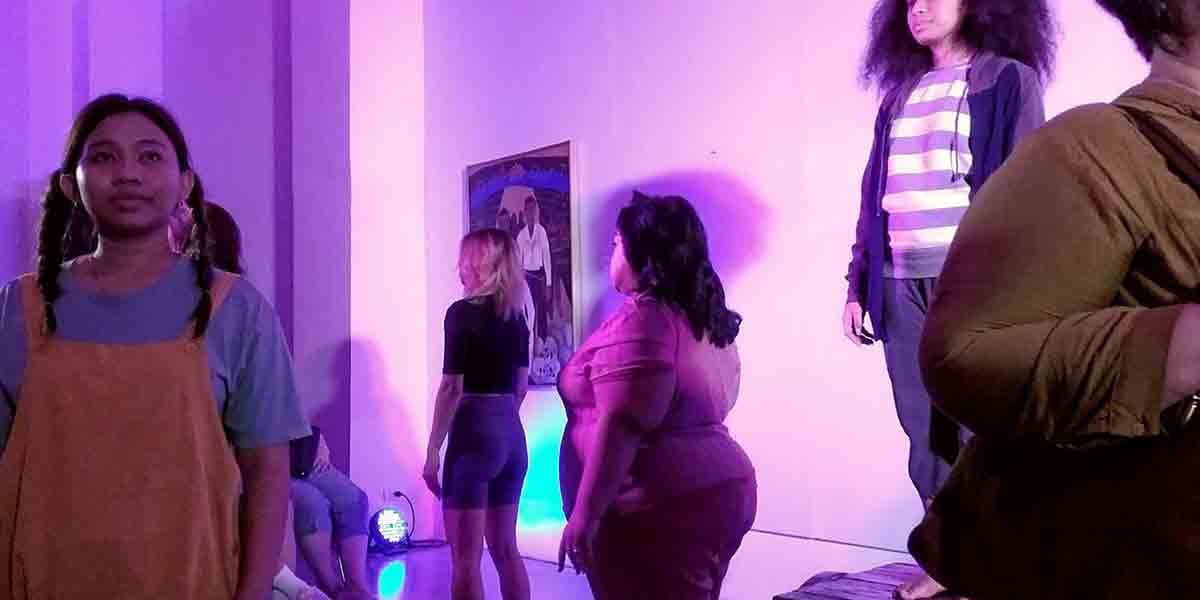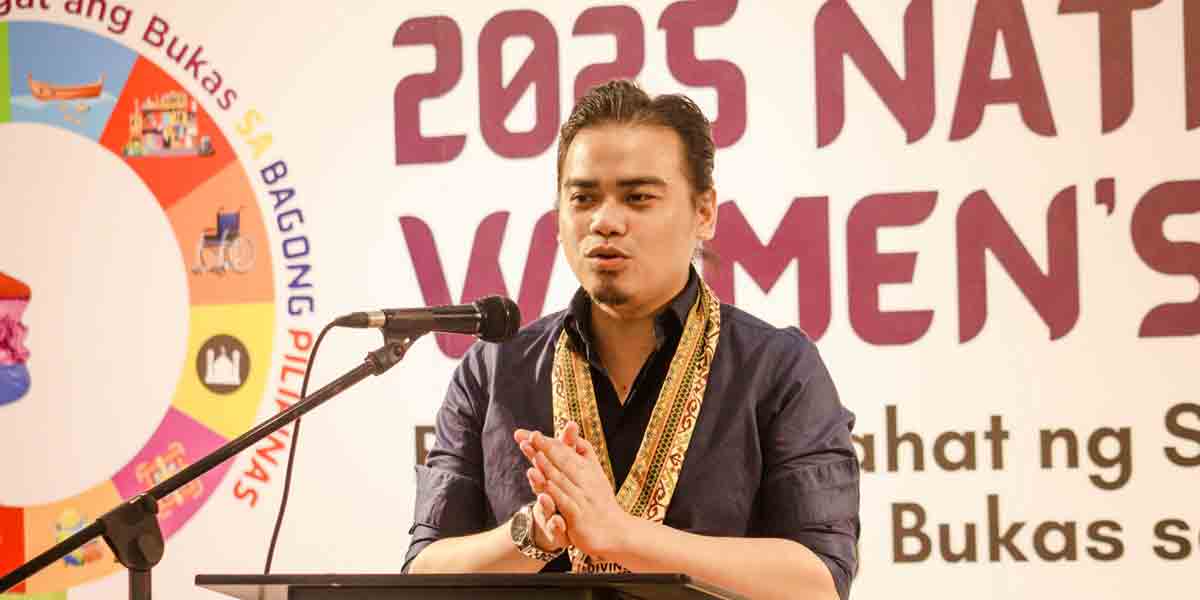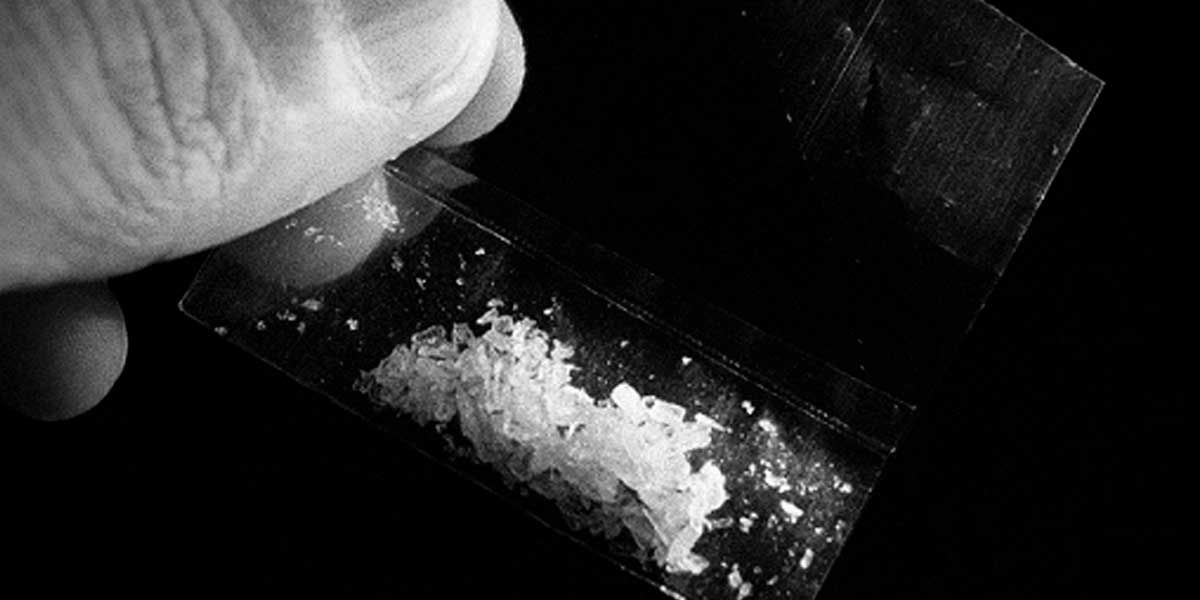The seventh season of Indie-Siyensya Film Festival concluded with a celebration of science, technology, and the arts, with films exploring seaweed farming and innovative fish spawning practice claiming top prizes last December 12 at the Philippine International Convention Center, Pasay City.
The science filmmaking competition, which started in 2016, is pioneered by the Department of Science and Technology – Science Education Institute (DOST-SEI), in partnership with the Film Development Council of the Philippines (FDCP).
This year, the festival received over 60 entries following the theme “Sustainnovation: Harnessing Science and Technology Towards a Greener Community,” with the goal of communicating science using film as a medium to document research activities and its contribution to the science and technology development in the country.
In the Open Category, “Sagbot sa Dagat” by Frankie James Balos took home the coveted Best Film award, immersing viewers in the ambitious journey of Mindanao-based start-up All.g as they explore the potential of seaweed to combat climate change. The film which features the seaweed farming community in Kolambugan, Lanao del Norte also won the Viewers’ Choice Award.
“The first intention of All.g is to try to find an alternative for carbon crediting using seaweed, but it turns out that that is not possible. Upon discovering the importance of seaweed farming, they shifted into a different goal, which is to help seaweed farmers produce more seaweed. With that, they developed this technology which you can see in the film,” said Barby Gwynne Ebardo, the scriptwriter of the team.
Ebardo, who is also a sophomore Computer Engineering student from Mindanao State University – Iligan Institute of Technology, emphasized the film’s aim to educate the public about seaweed farming and its potential to benefit communities and the environment.
“Not all people know seaweed farming and it is very great that we have this opportunity to show people how important it is especially to Sir Teodulo, Sir Jojit and the rest of the people who work in the seaweed farming industry especially that it has a lot of uses in a lot of fields like cosmetics. It is used in soaps and a lot of necessities in human life,” added Ebardo.
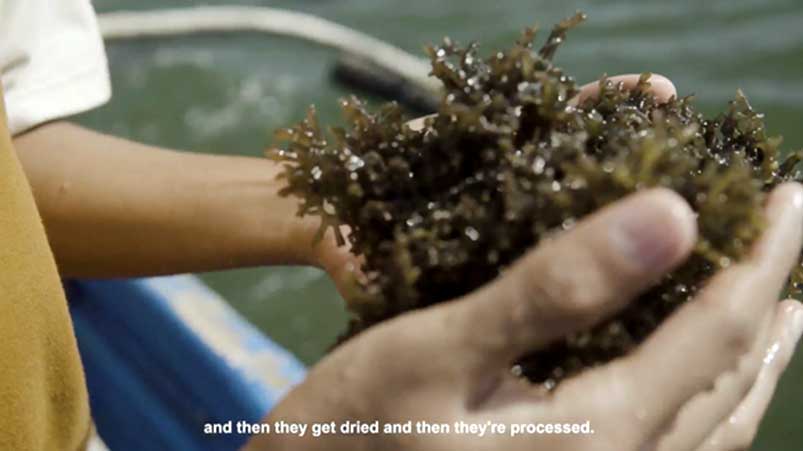
Meanwhile, the ten-minute film documentary “Semilya” by Marck Palpal-Latoc exploring hormone-induced fish spawning and its impact on Filipino fisherfolk, emerged as the Best Film in the Youth Category.
“First, we mainly want to focus on agriculture but since we are from Rizal, mas malapit po sa amin yung Laguna de Bay so we focused on the aquaculture or fisheries sector. We went to Bureau of Fisheries and Aquatic Resources in Tanay, and we asked the experts there for innovations na pwede naming i-feature na ginagamit din ngayon ng mga fisherfolks po namin for entrepreneurship para magamit po siya in line with this year’s theme of Indie-Siyensya,” said Palpal-Latoc who is a Grade 12 student from Rizal National Science High School.

“Out of Sight, Out of Mind” by Nathan M. Gumba clinched the second spot in the Open Category, shedding light on a company revolutionizing the packaging industry with biodegradable alternatives crafted from cassava starch.
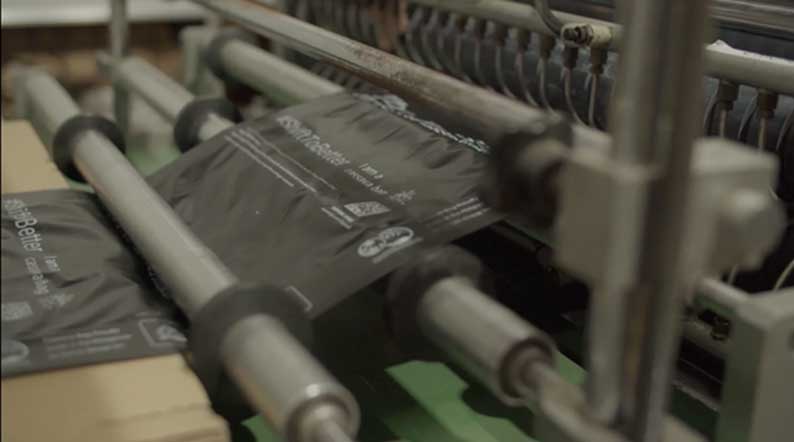
Second place in the Youth Category was awarded to “Plugged in for Progress: The Power 4 All Mission,” by Dominicq Emanuelle Peña, a film which follows the journey of social enterprise “Power 4 All” in uplifting the lives of Filipinos by providing sustainable and innovative solutions to communities without access to power and clean water.
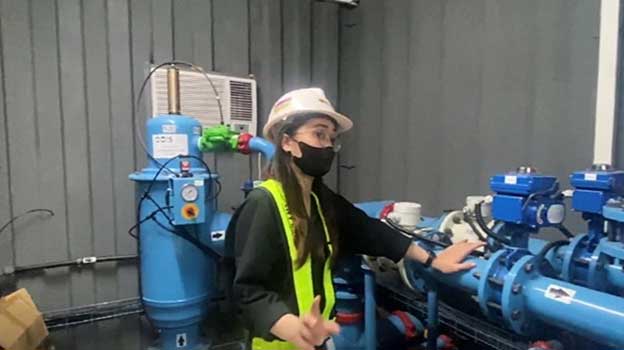
The Third Best Film in the Open Category went to “KaKaSa Ba?” by Van Allen Eltagonde, a documentary delving into the eco-friendly practices of Villa Socorro Farm, proving that sustainability and entrepreneurship can go hand-in-hand.
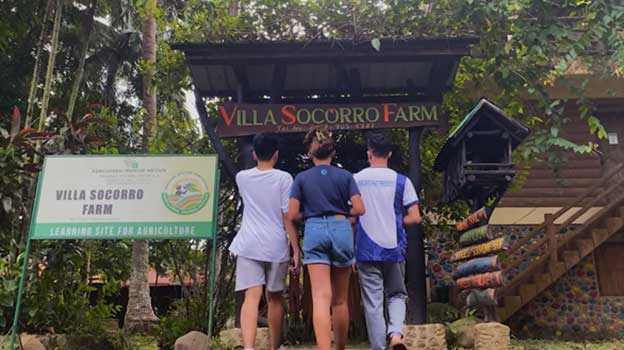
Quezon province students’ comeback film “Anigham” by Jerick Marc Laurence C. Grimaldo which blends the words “ANI” (harvest) and “AGHAM” (science) for its documentary feature of coffee and salabat farming community in Dolores, Quezon, bagged the Third Best Film in the Youth Category.
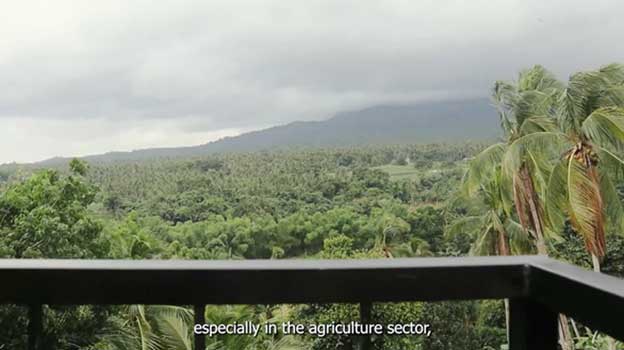
All winners from both categories earned trophies and cash prizes amounting to 200,000 pesos for the Best Film, 150,000 pesos for the Second Best Film and 100,000 pesos for the Third Best Film.
Selected films were also recognized through special awards:
- Best Screenplay – Bagong Bihis by Michael Joe Gerona
- Best Editing – Lusaw: Exploring Urban Agriculture by Miko Buan Acuña
- Best Cinematography – Daing by Darryl Villafuerte
- Most Gender-Sensitive Film – Natatanging Palayok by Ein Gil Camuñas
- Viewer’s Choice Award (Youth) -3Cs: Coconut Cultivation and Culture by Carlos Miguel Enriquez
- Viewer’s Choice Award (Open) – Sagbot sa Dagat by Frankie James Balos


The success of the Indie-Siyensya underscores DOST’s commitment to build a strong culture of science, technology, and innovation in the country, one where artistic expression and scientific rigor converge to build a brighter, more sustainable future.
“As the agency dedicated to fostering scientific progress, the Department of Science and Technology takes immense pride in supporting the Indie-Siyensya Filmmaking Competition, a platform that celebrates the convergence of science, technology, innovation, and the arts,” said DOST Secretary Renato Solidum.
















